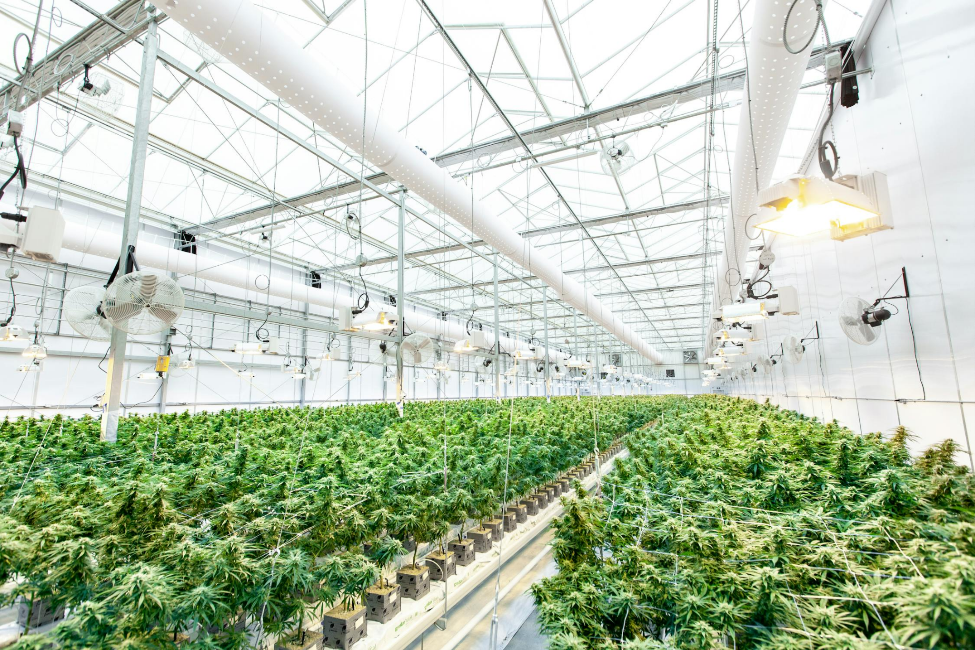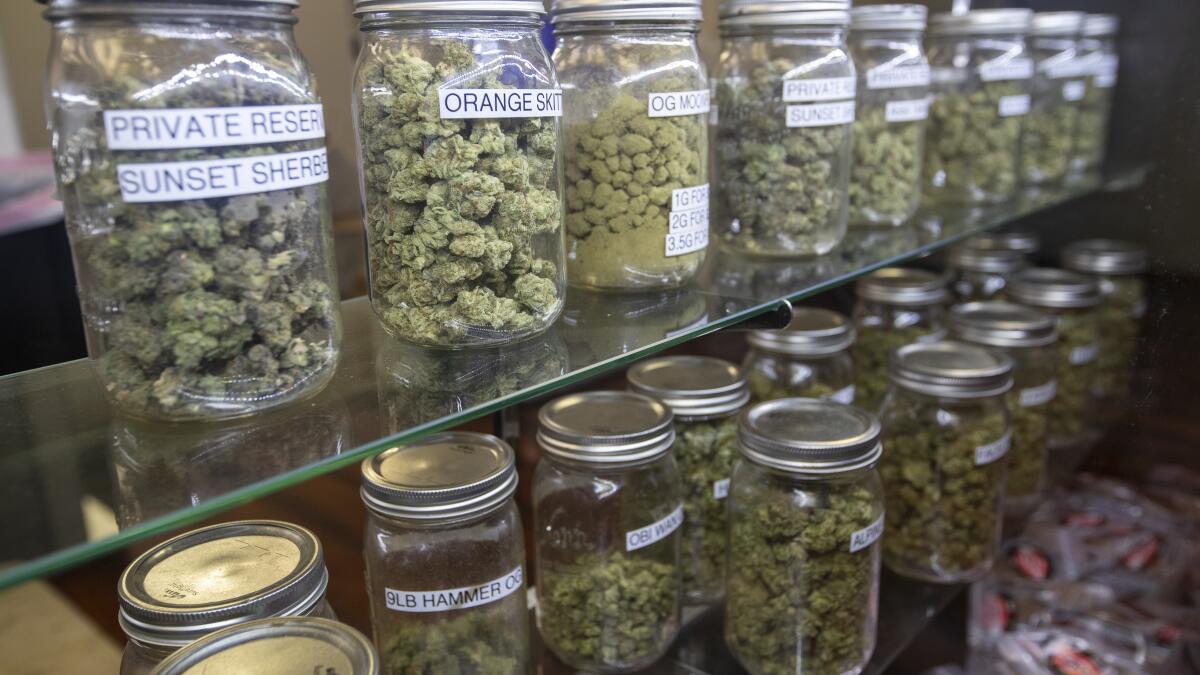Cannabidiol (CBD) and tetrahydrocannabinol (THC) are two of the most studied compounds in the cannabis plant. CBD is a non-psychoactive famous for its potential therapeutic effects, while THC is the primary psychoactive component responsible for the 'high' associated with cannabis. Both compounds interact with the body's endocannabinoid system but do so differently, appealing to diverse user needs and preferences.
The usage of CBD products has significantly increased in recent years. With its wide array of perceived health benefits—from reducing anxiety and pain to improving sleep—CBD has found its way into the daily lives of millions. This surge is supported by evolving legal landscapes and more studies affirming CBD's benefits.
However, the rapid expansion of the cannabis industry brings into focus the critical importance of sustainability. As cultivation scales to meet demand, so does the environmental impact of large-scale agricultural practices. Ensuring that the cannabis industry grows responsibly is essential to minimize its ecological footprint and support long-term viability.
Sustainability Challenges in the Cannabis Industry
From a variety of premium hemp extracts to top-notch cannabis gummies, sustainability has become a cornerstone in the global marijuana industry. Over the years, many have proactively addressed various sustainability challenges, including those we’ll briefly discuss below.
Energy Consumption
The cultivation of cannabis, especially in indoor settings, requires substantial energy inputs. These facilities often rely on high-intensity lighting, extensive ventilation systems, and temperature controls that operate around the clock. Such energy demands lead to a significant carbon footprint. For example, indoor cannabis production can consume more electricity per square foot than an average office building, increasing operational costs and contributing to greenhouse gas emissions.
Water Usage
Cannabis plants are notably thirsty, requiring a consistent and substantial water supply to thrive. In regions where water scarcity is already a pressing issue, cannabis cultivation exacerbates the strain on water resources. For instance, in California, a major hub for cannabis production, the industry's water demand poses challenges during drought conditions, affecting local agriculture, regional biodiversity, and the availability of drinking water.
Waste Management
From Indica to Sativa strains, the waste produced by the cannabis industry is multifaceted, including both organic and non-organic materials. On the organic side, plant refuse such as roots, stems, and leaves needs to be managed responsibly to avoid contributing to landfill overload. Non-biodegradable waste, particularly from packaging, further complicates the environmental impact. Many cannabis products are packaged in single-use plastics to comply with safety and freshness standards, leading to a significant amount of waste that is often not recyclable.
Sustainable Practices in CBD Production
As the CBD industry grows, it's increasingly important to integrate sustainable practices into production methods. These eco-friendly approaches ensure environmental responsibility and enhance the overall quality and appeal of CBD products.
Organic Farming Practices
This includes pesticide-free cultivation, which eliminates the use of chemical pesticides harmful to both the environment and human health. Instead, natural alternatives, such as biological pest controls and organic pesticides, are employed. Additionally, using natural fertilizers, like compost and manure, enriches the soil without the adverse effects of synthetic fertilizers. These practices support ecological balance and align with stringent organic certification standards, enhancing the market value of CBD products.
Energy-Efficient Cultivation Methods
Energy efficiency is pivotal in reducing the environmental impact of CBD production. Innovations such as LED lighting significantly reduce energy consumption compared to traditional high-pressure sodium (HPS) lamps. LED lights emit less heat, reducing the need for extensive cooling systems and thereby saving on electricity. Moreover, integrating climate-controlled environments with advanced HVAC systems ensures optimal growing conditions with minimal energy use.
Water Conservation Techniques
CBD producers are increasingly implementing techniques like drip irrigation, which delivers water directly to the plant roots, dramatically reducing wastage. Rainwater harvesting, where rain is collected and stored for future use, lessens the dependency on local water resources, ensuring plants have access to water without straining municipal supplies or local ecosystems.
Packaging Innovations
From actual cannabis products like CBD oils to accessories like weed grinders, the shift towards sustainable packaging is gaining momentum within the CBD industry. Producers are moving away from traditional plastic packaging to more sustainable alternatives, such as biodegradable containers, which decompose naturally and reduce landfill waste. Additionally, efforts are being made to reduce packaging designs to the essentials, minimizing waste and material use.
Delta-8 vs Delta-9 THC
Understanding the differences between Delta-8 THC and Delta-9 THC is crucial for consumers and medical professionals alike, as each compound offers distinct properties and effects.
Chemical Structures and Properties
Delta-8 THC and Delta-9 THC are both cannabinoids found in the cannabis plant, but they differ slightly in their chemical structures. A minor difference in the placement of a double bond, significantly affects how they interact with the body’s endocannabinoid system. Delta-9 THC has the double bond on the ninth carbon chain, whereas Delta-8 has it on the eighth. This structural variance leads to different stability and potency between these two compounds.
Psychoactive Effects
Delta-9 THC is well-known for its strong psychoactive effects, inducing feelings of euphoria and, in some cases, anxiety. In contrast, Delta-8 THC provides a milder psychoactive experience, which some users prefer for avoiding anxiety and paranoia.
Legal Status
The legal status of Delta-8 and Delta-9 THC can vary significantly by jurisdiction. Delta-9 THC is generally more tightly regulated and is illegal in many areas, whereas Delta-8 THC exists in a legal gray area in some regions due to its derivation from hemp, which is federally legal under specific conditions in the United States.
Medical Benefits and Applications
Both Delta-8 and Delta-9 THC are used medicinally, but they cater to different needs. Delta-9 THC is often utilized for its effective relief of pain, nausea, and appetite loss in conditions like cancer and AIDS. Delta-8 THC, while less potent, is praised for its ability to reduce anxiety and help with pain and inflammation, presenting a gentler option for patients who are sensitive to the more potent effects of Delta-9 THC.

Photo by Cannafornia from Pexels
Conclusion
Looking ahead, the cannabis industry faces the dual challenges of maintaining compliance with evolving regulations and continuing to innovate in sustainability. As consumer awareness and demand for environmentally friendly products increase, the industry must adapt and evolve to meet these expectations while navigating the complex landscape of legal restrictions and market dynamics.





